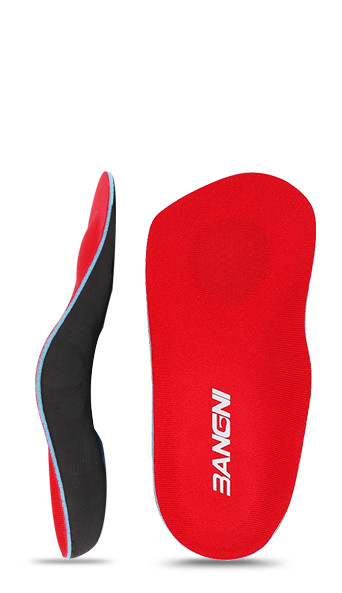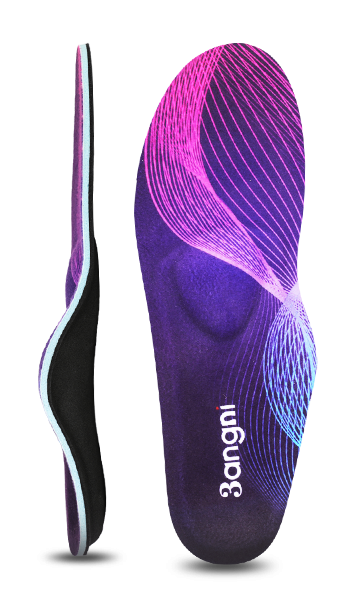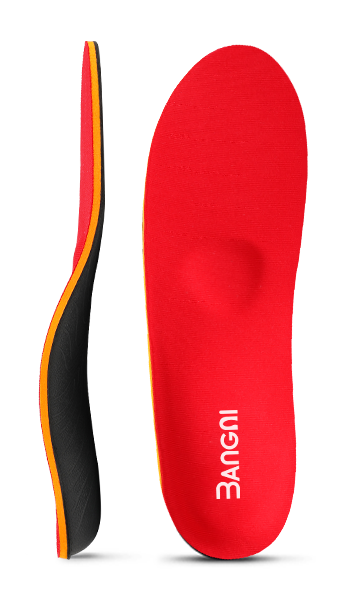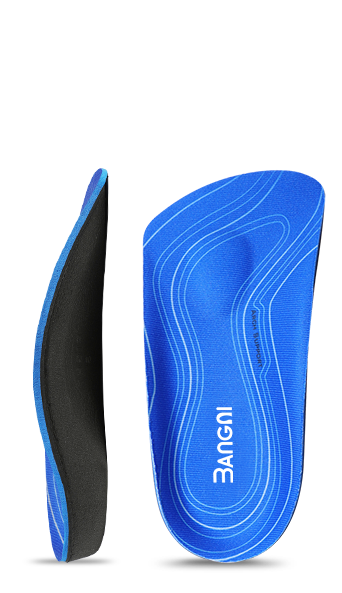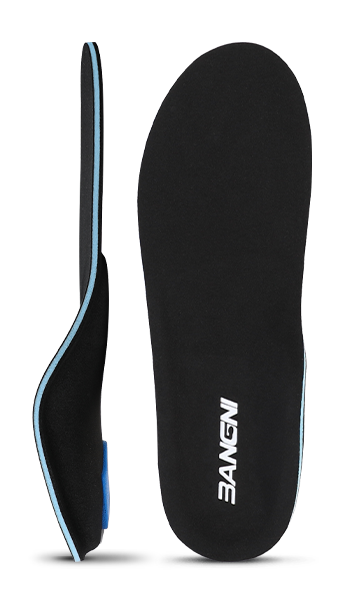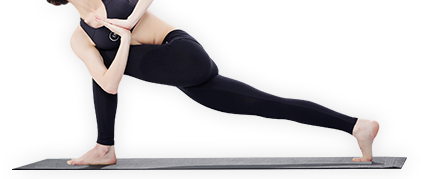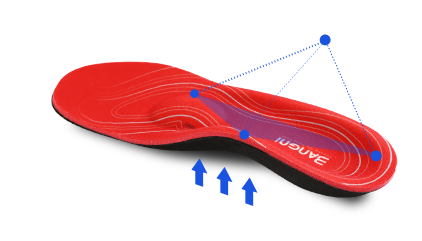How To Clean Shoe Insoles & Inserts
Should Shoe Insoles Be Cleaned?
High quality shoe insoles can offer a variety of benefits to the wearer ranging from pain relief to better overall alignment which makes them a favorite option for a lot of people seeking relief from foot and body discomfort. Many insole brands use materials that are designed to reduce the growth of odor-causing bacteria on the insole and will list these materials as “antimicrobial”. Even so, the insole is in a vulnerable spot for bacteria, wedged between a person’s hot, sweaty sock and the base of the shoe in a dark spot, sometimes for twelve hours at a time. You may have wondered if there is a safe way to wash shoe insoles without ruining them.

Be Gentle
Of course, the first thing to do is to check if the manufacturer of the insole has any information about their specific product on their packaging or on their website. Because every company uses slightly different materials, the manufacturer will know what is best for their particular insole. At 3angni we recommend that you hand wash your insoles with warm water and a mild soap, then let them air dry. It’s a good idea to avoid applying heat to any insole to dry it because so much of an insole’s positive effects come from their particular shape. Applying heat may soften the adhesive used on the product, causing the layers to sit differently or even come apart. Depending on the materials of the insole, it could also cause certain areas of the insole to contract, changing the fit or shape of it or even how well it fits in your shoe. So if you are tempted to toss them in the dryer or hold them in front of a steamer or hairdryer, it’s better to just hang them up in your house to air-dry and avoid the regret of ruining a good pair of insoles.
Some Other Ideas Out There
Though we don’t recommend it for 3angni insoles, other methods people have tried include submerging your insoles in a half vinegar, half water mixture for several hours or leaving them in a bag full of baking soda, activated charcoal, or even cat litter overnight. Similar to the vinegar trick, some people spray down their insoles with a half rubbing alcohol, half water solution. People do these things to try and leverage the natural antibacterial and odor neutralizing properties of these substances. However, we don’t recommend these methods unless suggested by the manufacturer of your insoles as they may have a negative effect of the materials of the insole, especially the surface that interacts with your foot.

Prevention Goes A Long Way
You can also take preventative measures to reduce the level of odor that comes from your insoles. Before inserting a new set of insoles, make sure your shoes are clean and free of odor by wiping them out and letting them air dry or even using a bacteria fighting shoe spray or powder. Replace your insoles according to the manufacturer’s recommended schedule. Make sure your shoes with the insoles are stored in a dry environment and, if you run through a puddle or get your shoe wet on the job, it doesn’t hurt to partially remove the insole to let them thoroughly dry. You can also wear moisture control socks to help keep your shoe’s footbed dry. Following these guidelines, and gently washing your insoles as needed can give you a much better experience with you insoles and help your feet stay healthy and odor-free.



